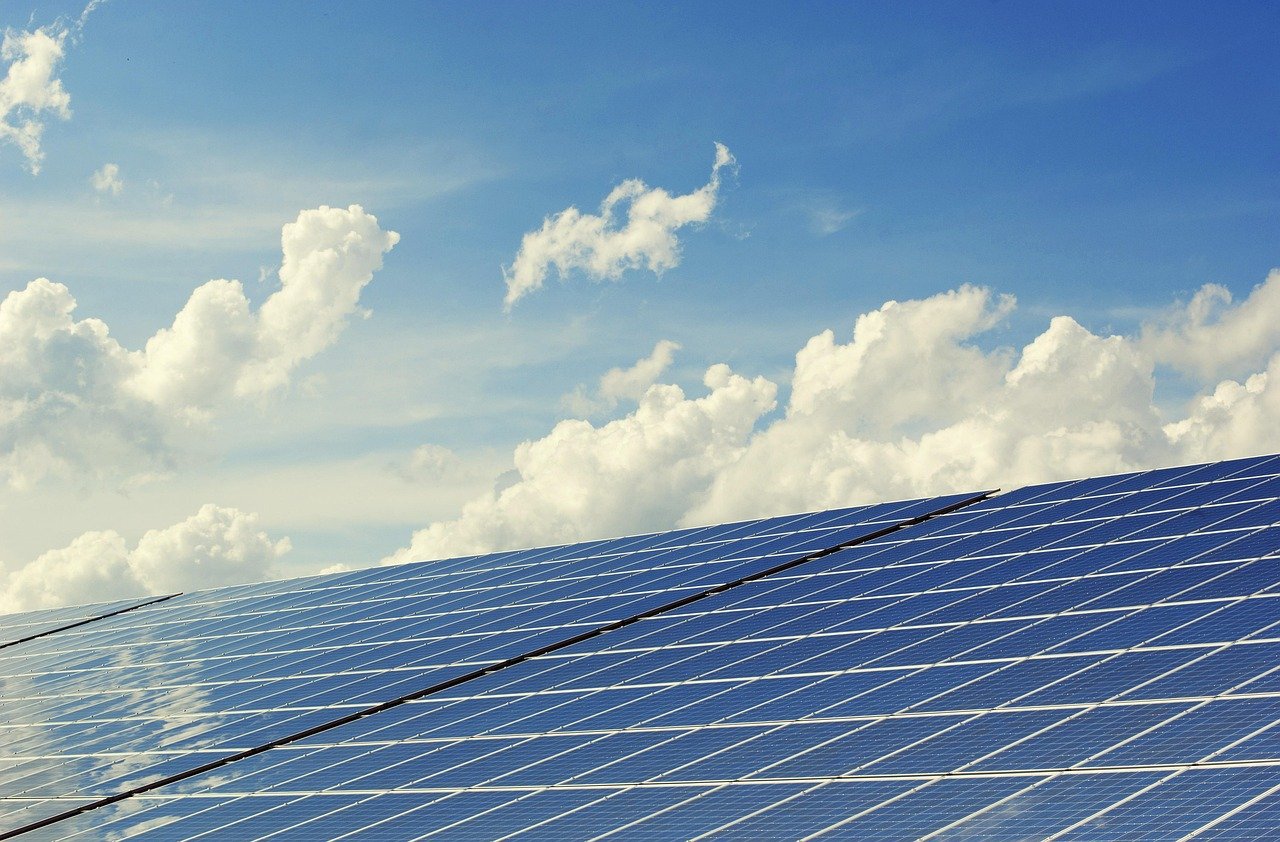Sustainable Real Estate Investing: Green Properties and ESG Factors in 2025
Alright, real estate investors, let’s talk about something that’s not just good for your wallet but also for the planet. Sustainable real estate—think green buildings, solar panels, and ESG (Environmental, Social, Governance) principles—is taking off in 2025. It’s not just about saving the environment; it’s about higher returns, happier tenants, and some sweet tax breaks. I’ve dug into why green properties are a smart move and how you can jump on this trend. Let’s get started!
Why Go Green with Real Estate?
Sustainability isn’t just a buzzword—it’s a game-changer for investors. Green properties, like those with energy-efficient systems or eco-friendly designs, are in high demand. A 2024 NAR report showed 65% of renters prefer eco-friendly homes, and they’re willing to pay up to 10% more in rent. Plus, buildings with certifications like LEED or ENERGY STAR can see 5-8% higher resale values, per the U.S. Green Building Council. Add in government incentives, and you’re looking at a win-win: better cash flow and a smaller carbon footprint.
What Are ESG Factors in Real Estate?
ESG stands for Environmental, Social, and Governance, and it’s reshaping how investors pick properties. Here’s the breakdown:
- Environmental: Focuses on energy efficiency, water conservation, and sustainable materials. Think solar panels or low-flow plumbing.
- Social: Covers tenant well-being, like providing green spaces or community amenities.
- Governance: Involves ethical management, transparency, and compliance with local regulations.
Investors who prioritize ESG attract eco-conscious tenants and institutional buyers, like REITs, who are increasingly ESG-focused. It’s a competitive edge in a crowded market.
Top Green Investment Opportunities for 2025
Here are three sustainable real estate strategies to consider, with some numbers to back them up.
| Strategy | Average Cost | ROI Potential | Tax Incentive |
|---|---|---|---|
| Solar Panel Installation | $15,000-$25,000 | 8-12% annually | Up to 26% federal credit (U.S.) |
| LEED-Certified Retrofits | $50,000-$100,000 | 5-10% via higher rents | State-specific rebates |
| Multi-Family Green Units | $200,000-$500,000 | 6-9% cash-on-cash | Energy efficiency grants |
1. Solar-Powered Properties
Adding solar panels to a rental property isn’t just eco-friendly—it’s a cash machine. Installation costs around $15,000-$25,000 for a single-family home, but you can cut utility bills by 50% and boost rents. In the U.S., the federal solar tax credit (26% in 2025) sweetens the deal. Look for properties in sunny regions like Arizona or Southern Ontario for maximum impact.
2. LEED-Certified Retrofits
Upgrading an older building to LEED standards—think better insulation, smart thermostats, or green roofing—can cost $50,000-$100,000 but pays off with 5-10% higher rents. Tenants love lower utility bills, and cities like Seattle offer rebates for retrofits. Start with small multifamily properties to keep costs manageable.
3. Multi-Family Green Developments
Investing in new or renovated multi-family units with green features (like EV charging stations) is a hot trend. These properties, priced from $200,000-$500,000, deliver 6-9% cash-on-cash returns in growing markets. Look for developments in cities like Raleigh, NC, or Calgary, AB, where green demand is spiking.
How to Start Investing in Green Properties
Ready to make your portfolio greener? Here’s a no-nonsense plan:
- Assess Your Budget: Calculate your financing options, including green loans or grants. Check programs like Canada’s Greener Homes Grant or U.S. DOE’s energy efficiency loans.
- Research Certifications: Study LEED, ENERGY STAR, or Passive House standards to understand costs and benefits. Local green building councils have free resources.
- Analyze the Market: Use tools like CoStar or LoopNet to find green properties or retrofit candidates. Focus on areas with high tenant demand for sustainability.
- Hire Experts: Work with contractors experienced in green upgrades to avoid costly mistakes. Ask for references from past eco-projects.
- Market Smart: Highlight green features in listings (e.g., “Solar-powered duplex, save $100/month on utilities!”) to attract tenants fast.
Why 2025 Is the Year to Go Green
With governments pushing net-zero goals and tenants prioritizing sustainability, green properties are no longer a niche—they’re the future. A 2025 CREA report predicts eco-friendly homes will appreciate 3-5% faster than standard ones. Plus, with energy costs rising, green features keep your operating costs low. It’s a chance to build wealth while doing some good.
